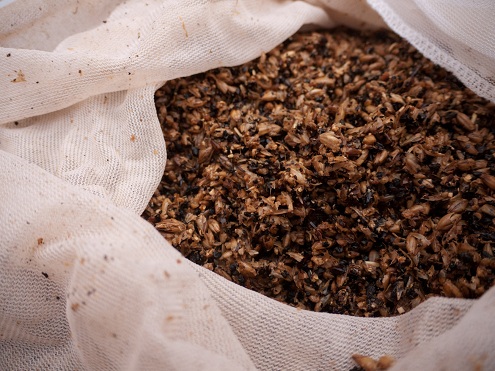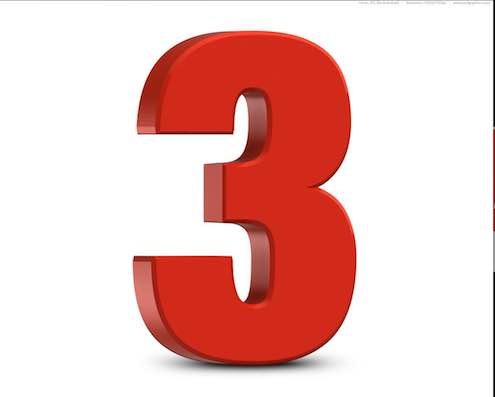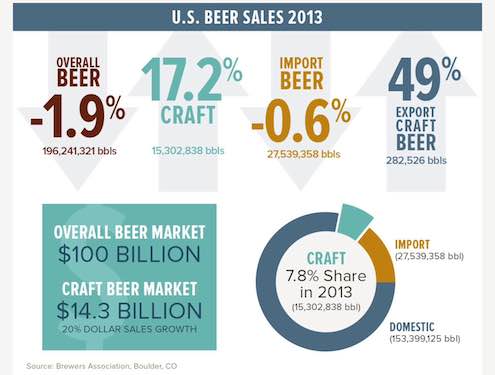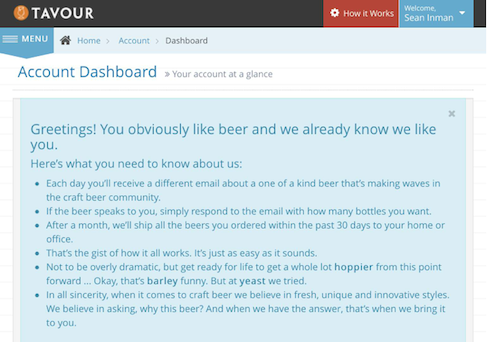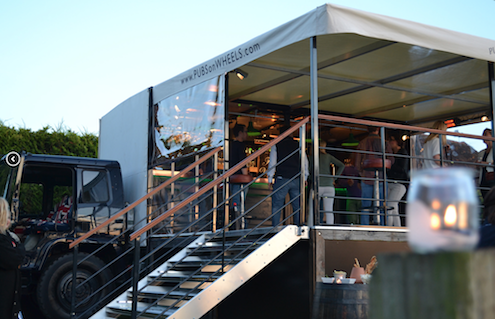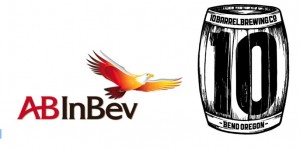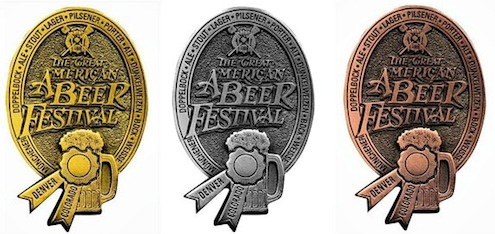
Charlie Papazian, the head man at the Brewers Association must have a sore hand from all the fist bumps and be partially blind from the camera flashes due to a staggering 90 categories in competition at this year’s Great American Beer Festival.
From 20 entrants in the Gluten Free and Dopplebock styles to a mind (and palate blowing) 279 in the American IPA category, there is plenty of data to mine. With special attention to my home state of Oregon and my current state of California.
Here are my take-aways from the medalists:
California racked up double-digit tallys in each medal class and swept the Session and barleywine categories. But in the hoppy arena, lost the premier category of American IPA.
Speaking of, it is so cool to have Breakside win. They are literally down the street from my Mom’s house. It was strange and great to hear your hometown (Milwaukie, OR.) get called out.
Staying hoppy, will Hop 15 from Port become more sought after now that it edged out Pliny the Elder in the re-configured Imperial IPA category. Or will Russian River be considered a pils house with their Silver in the German Pilsener style? Kudos to Firestone Walker for the win with Pivo.
Congratulations also to Gabe and Julian at Beachwood for the gold, silver and more importantly Large Brewpub and Brewer of the year. They are cementing an already sterling reputation while previous GABF darling, Jeff Bagby also snared a medal for his just opened eponymous brewery in Oceanside.
No big LA wins this year since Beachwood is Long Beach and Pabst, is well, Pabst. Though, if I see their gold medal cream ale, Primo, I might give it a whirl.
The other surprise was the strong showing of New Mexico. If my count is correct, the turquoise state nabbed 5 Gold Medals and Marble Brewing of Albuquerque won Small Brewer of the year. Another SW state, Texas also did quite well.
Other strong California statements came from High Water, Figueroa Mountain and Bootlegger’s who all bagged two medals each. With Port Brewing picking up what has almost become a routine amount of medals from their various locations.
Let me finish by saying, that like a list, a competition in craft beer is more important for non-judges as a way to choose where next to go. Taste is subjective and the best Ordinary Bitter may not be to your fancy but if you find yourself in Austin, a Salt Lake City or Green Bay, you now know of three breweries that have wowed judges in that category and that they probably make some other fine beers that you should try.
